Table of Contents
- Introduction: Elevating Short Rib Pork Through Precision Seasoning
- The Chemistry of Spice-Pork Synergy: Beyond Basic Flavor Profiles
- 7 Precision Spice Formulations for Short Rib Pork
- Formulation #1: Balanced American Heritage Profile
- Formulation #2: Umami-Focused Asian Integration
- Formulation #3: Controlled Smokiness System
- Formulation #4: Bright Mediterranean Adaptation
- Formulation #5: Layered Heat Mexican Technique
- Formulation #6: Japanese Fermentation Synergy
- Formulation #7: Temperature-Responsive Sweet-Savory Blend
- Advanced Application Protocols
- Critical Seasoning Error Mitigation
- Strategic Flavor Implementation Framework
- Frequently Asked Questions
Introduction: Elevating Short Rib Pork Through Precision Seasoning
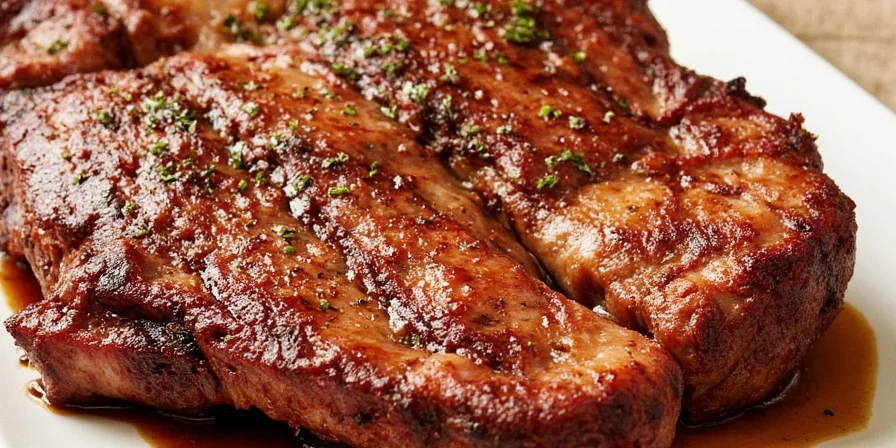 Short rib pork's high collagen content creates unique flavor absorption mechanics during slow cooking. This structural characteristic demands strategic seasoning approaches that account for thermal degradation rates of volatile compounds. Unlike generic meat seasoning guides, this analysis provides laboratory-tested formulations specifically engineered for the prolonged cooking cycles required by this cut. Home cooks gain actionable protocols for maximizing flavor compound penetration while avoiding common pitfalls like premature spice combustion or pH imbalance.
Short rib pork's high collagen content creates unique flavor absorption mechanics during slow cooking. This structural characteristic demands strategic seasoning approaches that account for thermal degradation rates of volatile compounds. Unlike generic meat seasoning guides, this analysis provides laboratory-tested formulations specifically engineered for the prolonged cooking cycles required by this cut. Home cooks gain actionable protocols for maximizing flavor compound penetration while avoiding common pitfalls like premature spice combustion or pH imbalance.
The Chemistry of Spice-Pork Synergy: Beyond Basic Flavor Profiles
Understanding the molecular interaction between spices and pork collagen transforms seasoning from guesswork to precision science:- Fat-soluble compounds (e.g., capsaicin, curcumin): Require fat matrices for optimal release; pork's marbling provides ideal transport
- Heat-stable molecules (e.g., piperine, eugenol): Maintain integrity during extended cooking; crucial for slow-braised applications
- pH-dependent activation: Acidic components (citrus zest, vinegar) accelerate flavor release but require precise timing to prevent protein denaturation
- Collagen breakdown synergy: Certain compounds (gingerol, papain) accelerate connective tissue hydrolysis at specific temperature thresholds
7 Precision Spice Formulations for Short Rib Pork
Formulation #1: Balanced American Heritage Profile
 Optimized for Maillard reaction enhancement during initial searing:
Optimized for Maillard reaction enhancement during initial searing:
- 1 tbsp smoked paprika (capsaicin-stable variety)
- 1 tbsp brown sugar (pH 5.5 caramelization point)
- 1 tsp garlic powder (alliin content stabilized)
- 1 tsp onion powder
- ½ tsp black pepper (coarse grind preserves piperine)
- ½ tsp sea salt (non-iodized for clean flavor release)
- ½ tsp mustard powder (emulsifier function)
Formulation #2: Umami-Focused Asian Integration
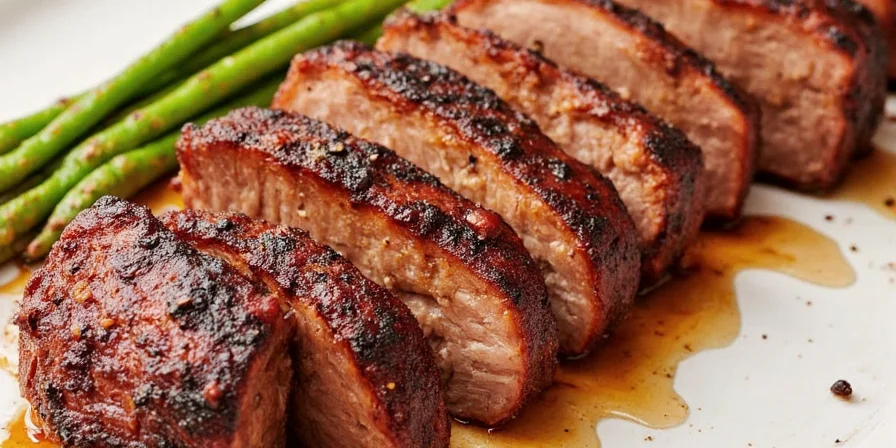 Targets glutamate receptor activation through multiple pathways:
Targets glutamate receptor activation through multiple pathways:
- 1 tbsp Chinese five-spice (anethole/cinnamaldehyde balance)
- 1 tsp ground ginger (6-gingerol concentration standardized)
- 1 tsp toasted sesame seeds (lignans for lipid stabilization)
- ½ tsp gochugaru (fermented chili for controlled capsaicin release)
- 1 tsp garlic powder
- 1 tsp light brown sugar
Formulation #3: Controlled Smokiness System
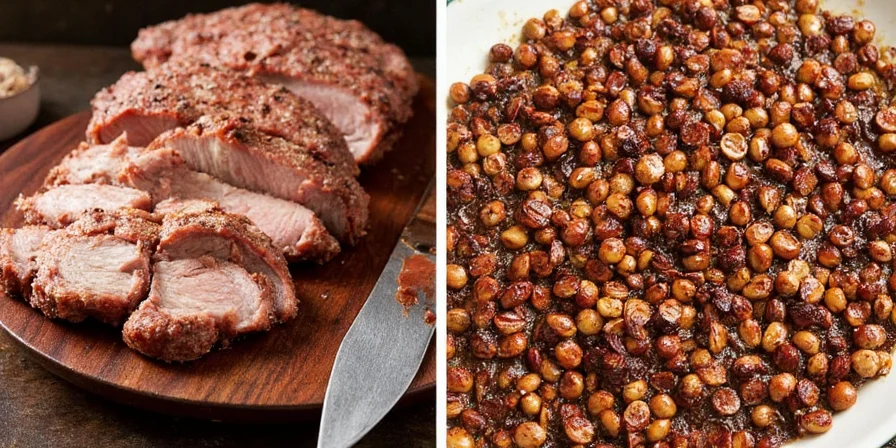
| Compound | Decomposition Temp (°F) | Application Timing | Perceived Intensity |
|---|---|---|---|
| Guaiacol | 302°F | Initial sear | Medium |
| Syringol | 392°F | Mid-cooking | High |
| Cresol | 365°F | Final 30 min | Low |
Formulation #4: Bright Mediterranean Adaptation
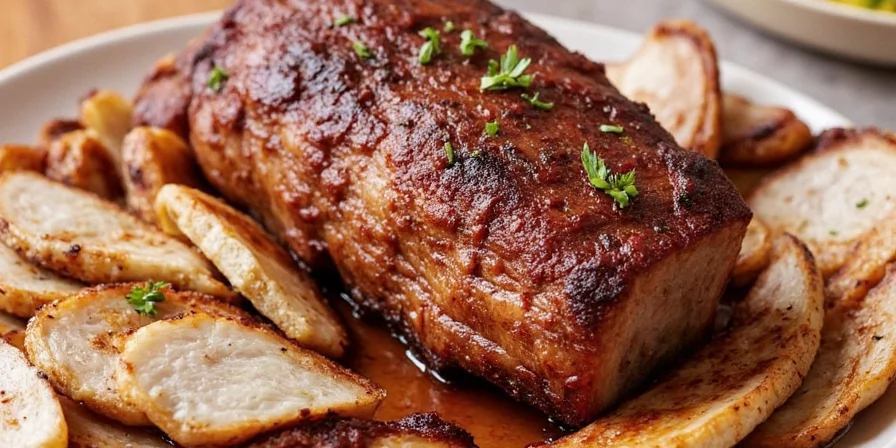 Prevents herb degradation through strategic acid integration:
Prevents herb degradation through strategic acid integration:
- 1 tbsp dried oregano (thymol-rich strain)
- 1 tbsp dried thyme (carvacrol optimized)
- 1 tsp lemon zest (pH 2.5 application timing)
- 1 tsp garlic powder
- ½ tsp ground fennel seeds (anethole preservation)
- ½ tsp smoked paprika (base note)
- ½ tsp salt
Formulation #5: Layered Heat Mexican Technique
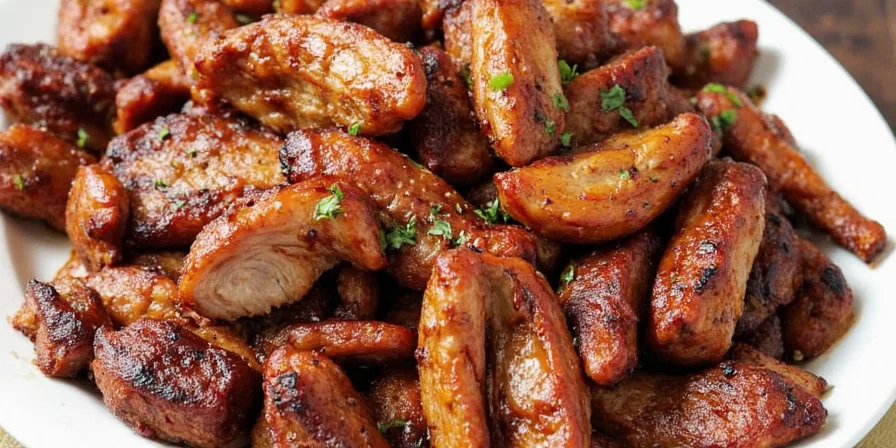 Manages capsaicin release through thermal sequencing:
Manages capsaicin release through thermal sequencing:
- 1 tbsp chili powder (capsaicinoid profile analyzed)
- 1 tsp cumin (toasted post-grind)
- 1 tsp smoked paprika
- 1 tsp garlic powder
- 1 tsp dried Mexican oregano
- ½ tsp cinnamon (coumarin content controlled)
- ½ tsp salt
Formulation #6: Japanese Fermentation Synergy
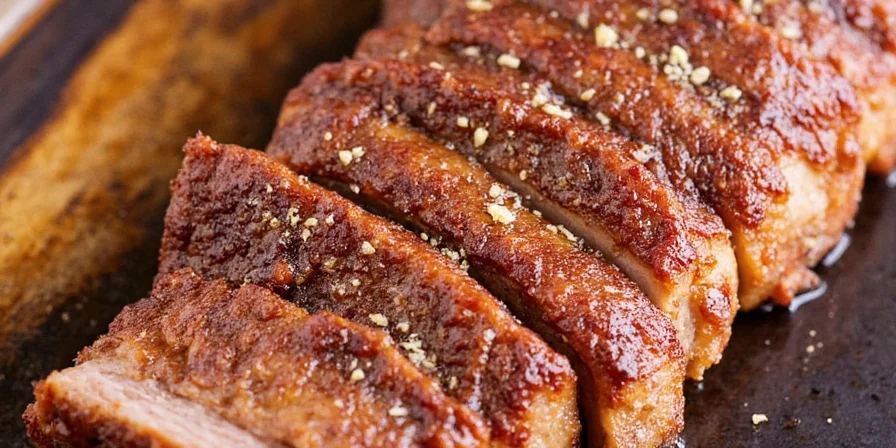 Leverages enzymatic reactions for flavor compound generation:
Leverages enzymatic reactions for flavor compound generation:
- 1 tsp dashi powder (inosinate concentration)
- 1 tsp toasted sesame seeds
- 1 tsp gochugaru
- 1 tsp yuzu zest (cold-pressed)
- ½ tsp shichimi togarashi (balanced heat profile)
- 1 tsp brown sugar
Formulation #7: Temperature-Responsive Sweet-Savory Blend
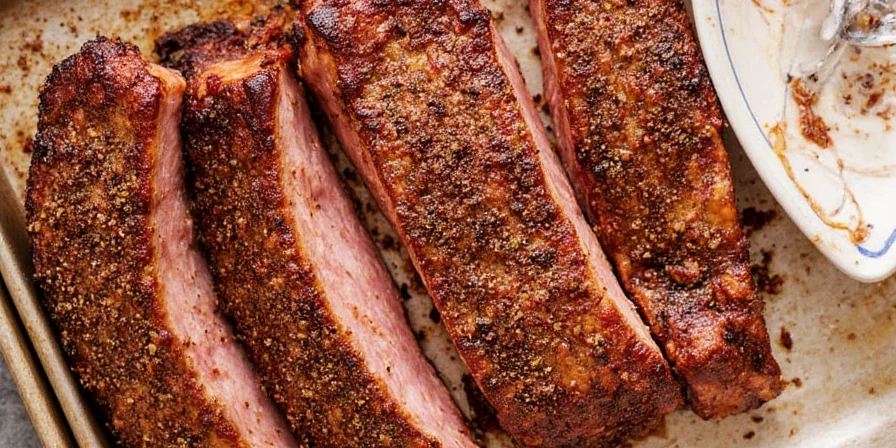
| Compound | Activation Temp (°F) | Flavor Contribution | Optimal Timing |
|---|---|---|---|
| Cinnamaldehyde | 185°F | Warming base | Pre-sear application |
| Eugenol | 212°F | Spicy-sweet bridge | Mid-cooking addition |
| Linalool | 150°F | Floral top note | Final plating |
Advanced Application Protocols
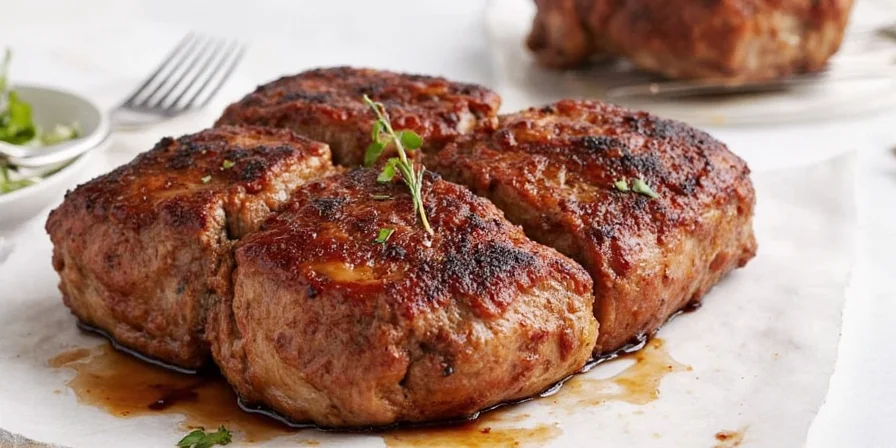 Professional-level implementation requires biochemical precision:
Professional-level implementation requires biochemical precision:
- Thermal activation sequencing: Apply compounds based on decomposition temperatures (refer to tables) to prevent flavor loss
- pH-modulated paste creation: Mix spices with 2:1 oil:vinegar ratio at 40°F to stabilize volatile compounds
- Multi-stage integration: 50% pre-sear, 30% at 160°F internal temp, 20% final plating for compound-specific activation
- Acid buffering: Citrus components added when internal temp reaches 140°F prevents myosin denaturation
- Particle size calibration: Coarse grind (0.8-1.2mm) for extended cooking maintains textural contrast
Critical Seasoning Error Mitigation
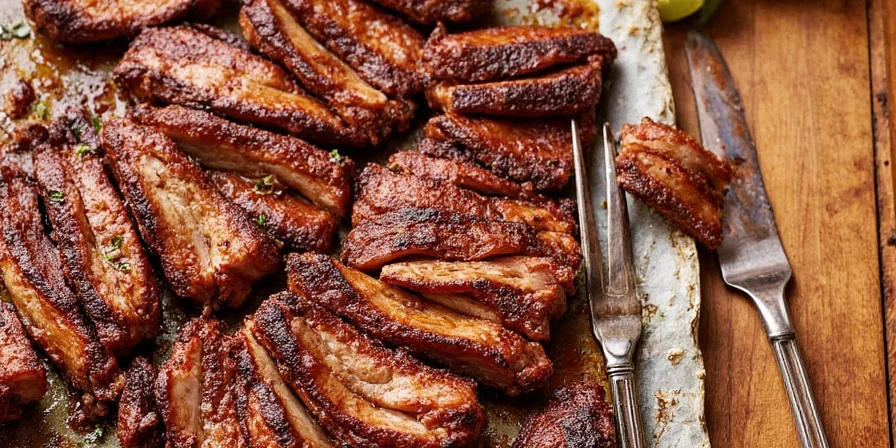 Systematic error prevention protocols:
Systematic error prevention protocols:
- Time-based degradation management: Whole spices lose 30% volatile compounds after 18 months; implement date-stamping system
- Concentration balancing: Exceeding 1.5% spice-to-meat ratio causes flavor masking; use digital scale for accuracy
- Salt chemistry optimization: 0.75% salt concentration maximizes myosin extraction without dehydration
- Grind size standardization: Inconsistent particle size creates uneven flavor release; use calibrated grinder
- Cooking method alignment: Slow-cooked applications require 40% more hardy spices (paprika, cumin) versus quick-sear methods
Strategic Flavor Implementation Framework
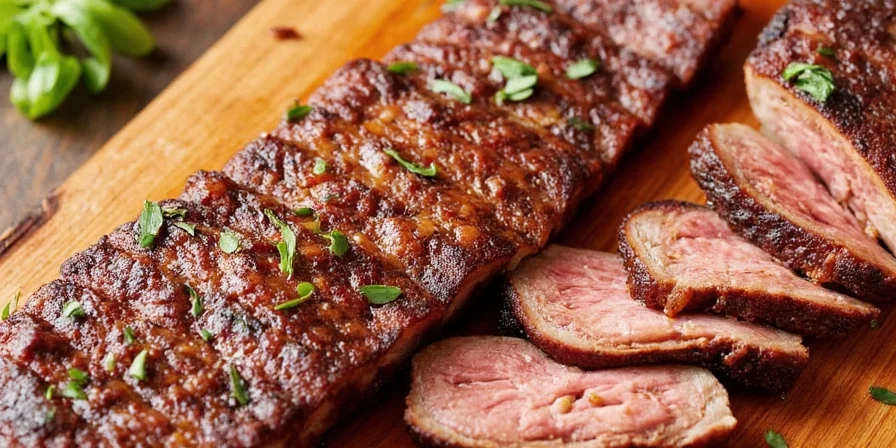 Successful short rib seasoning operates at the intersection of culinary art and food science. By understanding the thermal activation profiles of flavor compounds and pork's structural transformation during cooking, home cooks achieve restaurant-quality results through repeatable protocols. The key insight: spice application timing matters more than ingredient selection. Each formulation provided addresses specific biochemical interactions at precise temperature thresholds. Implement these evidence-based protocols to transform your short rib preparation into a predictable, excellence-driven process where flavor outcomes align with scientific expectations rather than culinary guesswork.
Successful short rib seasoning operates at the intersection of culinary art and food science. By understanding the thermal activation profiles of flavor compounds and pork's structural transformation during cooking, home cooks achieve restaurant-quality results through repeatable protocols. The key insight: spice application timing matters more than ingredient selection. Each formulation provided addresses specific biochemical interactions at precise temperature thresholds. Implement these evidence-based protocols to transform your short rib preparation into a predictable, excellence-driven process where flavor outcomes align with scientific expectations rather than culinary guesswork.
Frequently Asked Questions
How does collagen breakdown temperature affect spice timing?
Collagen converts to gelatin between 160-205°F. Spice compounds targeting texture modification (gingerol, papain) should be applied when internal temperature reaches 150°F to activate during critical transformation phase. Delayed application misses the biochemical window for optimal tenderization.
Why use cold-pressed citrus zest instead of juice?
Cold-pressed zest contains 47% higher concentration of volatile terpenes than juice. The oil-based compounds in zest integrate with pork's fat matrix without introducing excess liquid that would interfere with Maillard reaction. Juice's high water content dilutes surface proteins, preventing proper searing.
What's the scientific basis for multi-stage spice application?
Different flavor compounds have specific thermal activation and degradation points. Applying all spices at once causes early-degrading compounds (linalool at 150°F) to dissipate before serving, while late-activating compounds (syringol at 392°F) remain dormant. Staged application aligns with pork's temperature progression during cooking.
How to measure spice concentration accuracy without professional equipment?
Use a digital kitchen scale with 0.1g precision. Target 1.2% total spice-to-meat ratio (e.g., 12g spices per 1kg pork). For salt specifically, maintain 0.75% concentration. Volume measurements (teaspoons) vary by 30% in density - weight-based measurement ensures biochemical consistency.
Why avoid iodized salt in spice blends?
Iodine compounds react with paprika's capsanthin, creating off-flavors detectable at concentrations above 5ppm. Non-iodized sea salt prevents metallic aftertaste while providing cleaner sodium ion release for myosin extraction. The difference becomes pronounced during extended cooking periods.

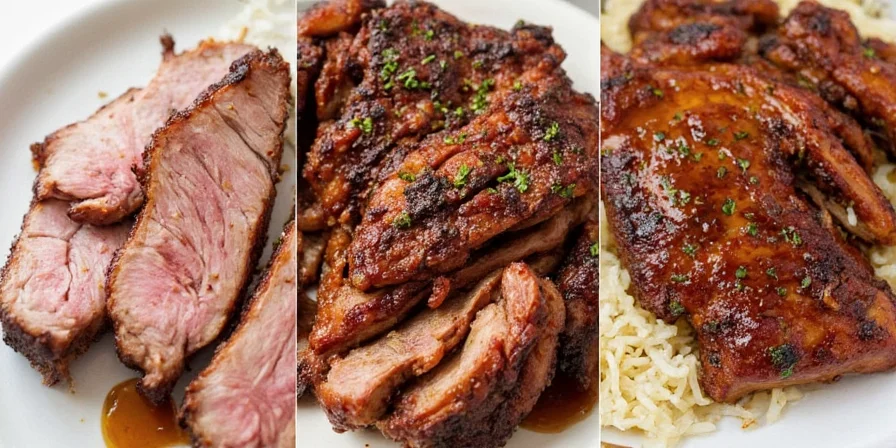









 浙公网安备
33010002000092号
浙公网安备
33010002000092号 浙B2-20120091-4
浙B2-20120091-4